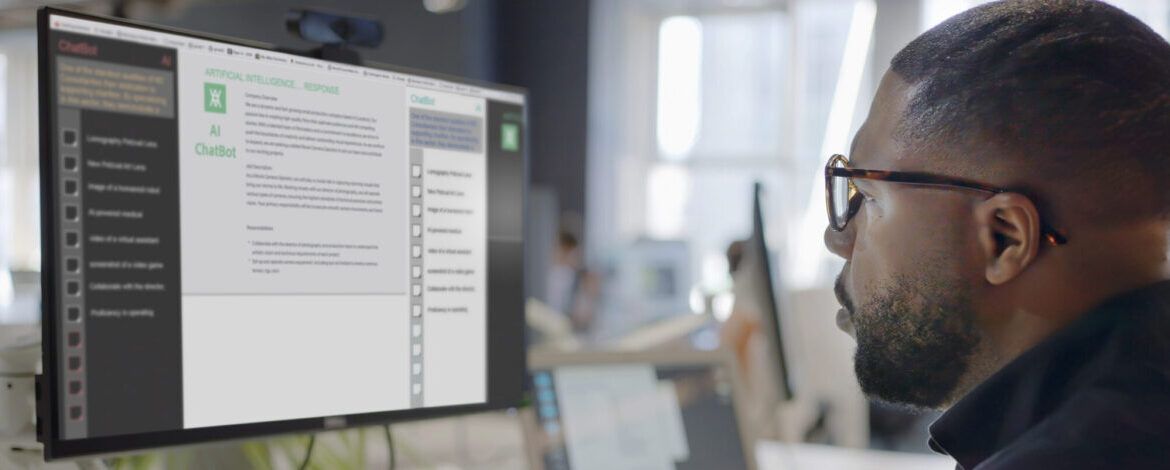Have you ever used AI for making job applications?
Have you been able to create successful applications? More and more candidates use AI when applying for jobs. In the following article, we shall explore how to take advantage of AI tools and make well-written applications.
What are the benefits of using AI?
As a job applicant, AI can provide you with ideas, suggest the right phrases, format your work and to research organisations. It can help you start from a blank page when you need some general content and structure. Although you will be able to save time by using AI, you cannot solely rely on it for job applications.
What to pay attention to?
You should never use AI to create job application documents (CVs and cover letters) from start to finish. If you simply copy and paste the results, you are likely to end up with some generalised and broad applications. Also, other candidates may also submit the exact documents. Recruiters will be able to see very quickly the similarities in the application documents and disregard your application. You also need to review the spelling of AI-generated documents. If you are applying for a job based in the UK, recruiters would expect you to use the British spelling of words. AI-generated CVs often come up with similar structures and formatting. It is essential that you use a structure which is best suited to the role you are applying for. You can find more information on structuring CVs here.
AI does not know you or your writing style. In the event of attending an interview, the panel would be able to spot significant differences between the way you speak and your writing style. The information which AI generates could be incorrect and may not match your experience or skills. The application documents need to closely align with the description of the role, the organisation you are applying to, and all the information needs to be correct.
How to use a blended approach?
Step 1# Prepare (no use of AI is needed): Take some time to learn about the role, the criteria for applying, the job description and the recruiting organisation. Ask yourself: ‘If I was the recruiter, would I offer myself the job based on my experience and skills?’ and ‘What makes me interested in this job?’
Then, set up a spreadsheet and note the date when you apply, the name of the role, the expected salary, the deadline date, the employer’s name, the status of the application, where you see the job advertised etc. This is an essential step as you would want to see patterns in terms of what works and what does not work. As an example, you may discover that most of your search results come from one particular platform e.g. jobs.ac.uk. You may discover that the applications you generate using AI are not successful. You will be able to monitor how many applications you make and when you can expect the outcome. You need to save all your application documents as well as the job descriptions in a dedicate space.
Step 2# Prompt (with the use of AI): There are a range of AI tools which you may find helpful: ChatGPT, Jobscan, Grammarly, Zety etc.
First, you would need to introduce yourself: ‘I am a marketing professional applying for a director of marketing and communications role.’ Do remember to insert the job description/person specification. Then, you would need to clearly state what you want: ‘Create a cover letter outlining why I am applying, how I stand out, and demonstrate my understanding of the role. Make sure that you avoid ambiguous prompts as these could lead to irrelevant responses. The more specific you are, the more likely AI will come up with clear answers.
Step 3# Read You would need to carefully read the document and make it bespoke to your skills, experiences, knowledge and motivation. Whether you start from a blank page or tweak a template, you need to ensure that the information is correct, up-to-date and it is in the right format.
Please see below a comparison of 3 fully AI-generated CVs and 3 versions which have been tweaked.








Leave a Reply